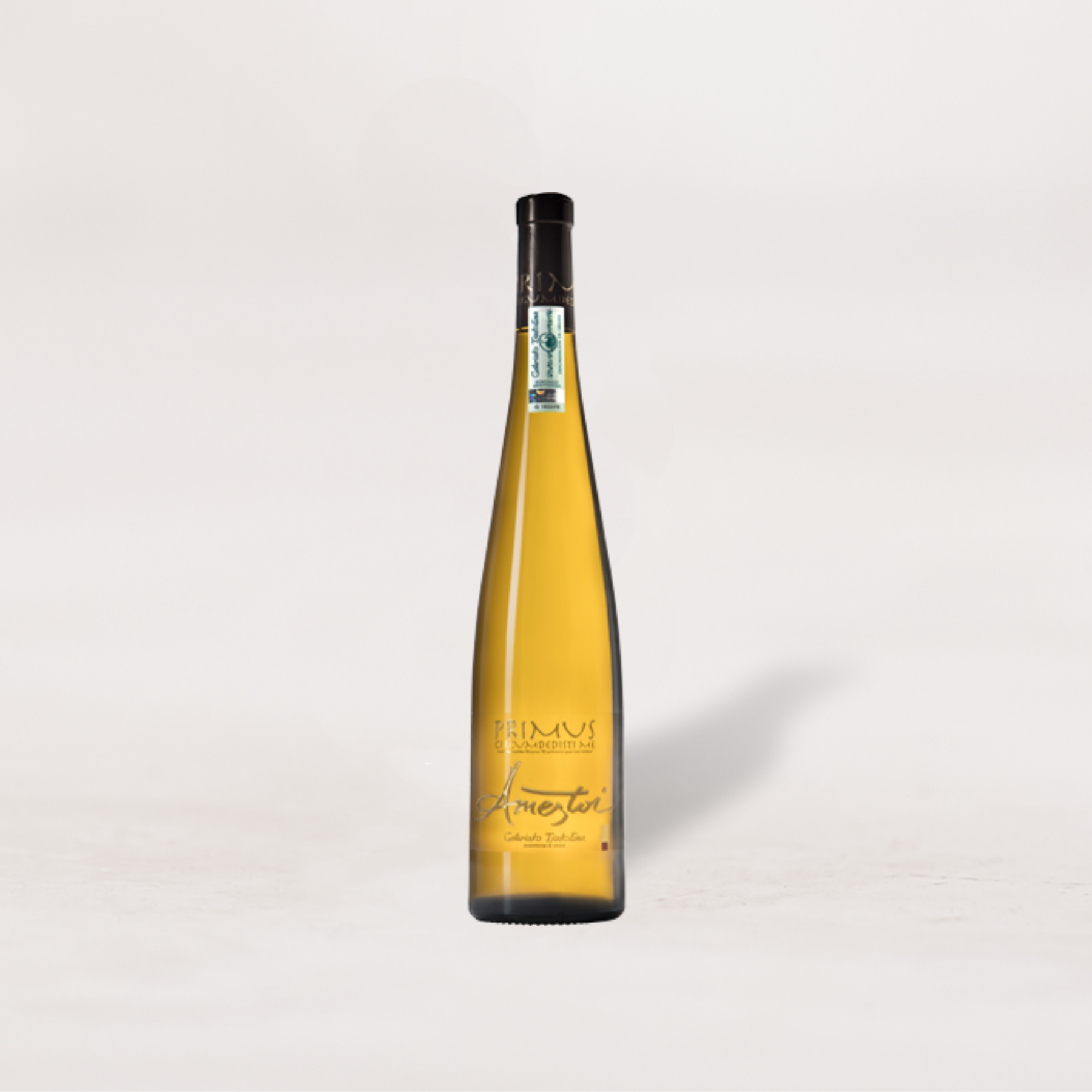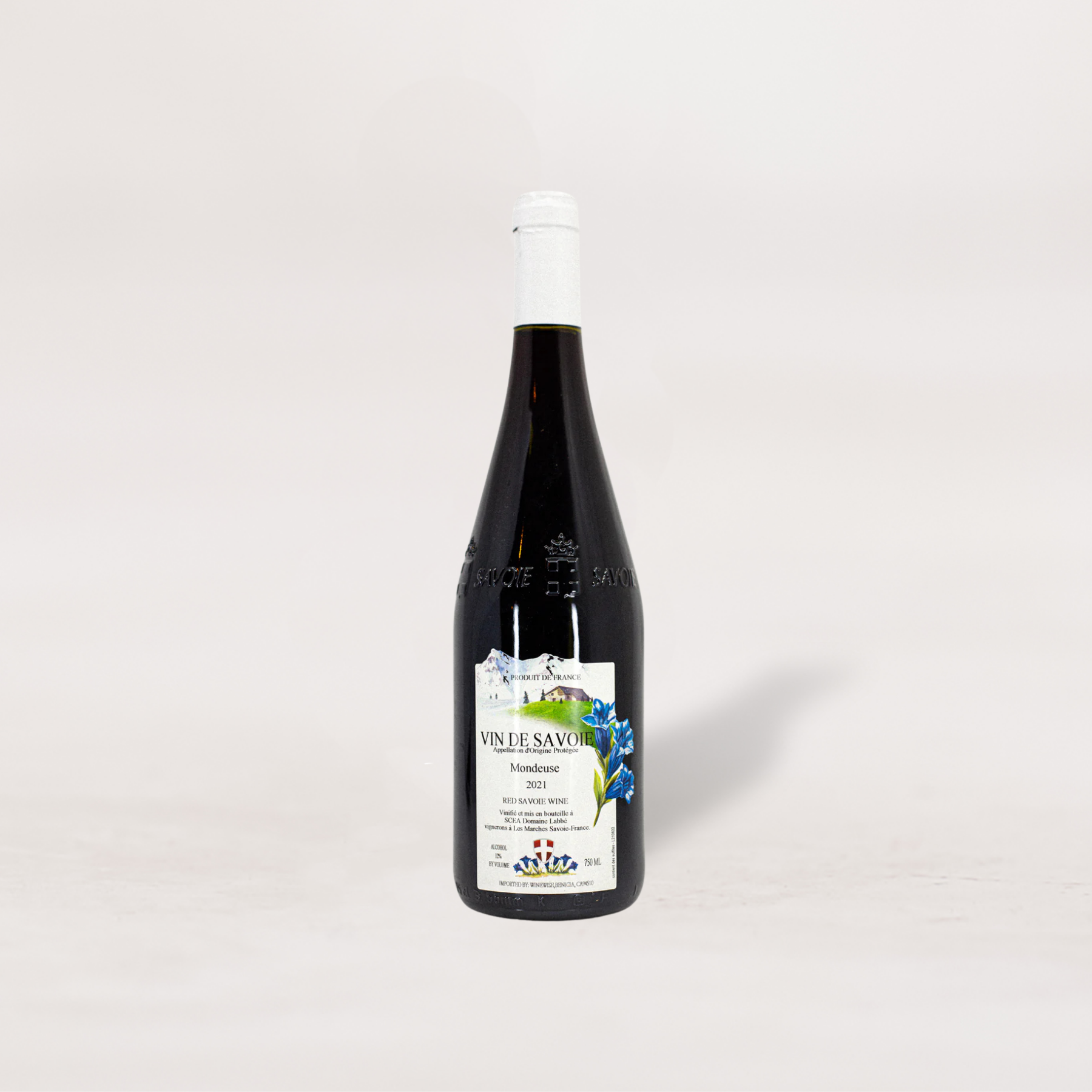Today’s discovery is a fairly straightforward proposition: the cold, hard facts are really all that is needed to make the pitch. First we have the vineyard, Bernkasteler Doctor, which is one of the very steepest stretches of vines in the Mosel, a region famous for its treacherous slopes. Indeed this vineyard has commanded the highest price per acre in Germany for the better part of two centuries. Second is the vintage, 2006, a sneaky good and in retrospect nicely classic vintage that is just beginning to hit peak maturity at close to 20 years of age. Third is the estate, Weingüter Wegeler, a bastion of old-school winemaking since 1882, their singular mission is to bottle wines that showcase the pure majesty of their prime terroir. Add it all up and you have one of the most profound expressions of grape and place on the planet, and then you realize it’s less than fifty bucks . . . pounce!
There’s actually a fourth piece of this delicious Riesling pie: slate. This fine grained, sedimentary rock breaks easily into small, knife-like shards and if you’ve had the pleasure of visiting the Mosel (go, it’s breathtakingly beautiful!) you know that these sharp stones are strewn throughout the best vineyards, covering the vines so there’s barely a glimpse of any topsoil. This special terroir allows Riesling to be harvested later–ripe, and loaded with sugar–and still maintain a super precise, chiseled acidic structure. That push/pull of sugar and acid is present in the best wines and vines throughout Germany, but it reaches its apex on the dangerously steep slopes of the Mosel. There are no shortcuts here, everything must be done by hand, and often with harnesses so that the vigneron don’t meet their maker falling down those razor sharp slopes. It’s grueling work, and it makes it all the more beguiling to me and many others how these wines continue to be some of the best values in world class wine.
Of course there is steep, and then there is steep. Since slate dominates the geology throughout the Mosel, it is the gradient that often determines the subtle differences from vineyard to vineyard, and without question the famous stretch of hillside vines that has long been known as “Bernkasteler Doctor” is among the very steepest. The incline is at 70% or more throughout the vineyard, which gives visitors the perception that the Riesling vines are falling into the river below. This special site has been prized for centuries, and that is why Julius Wegeler–a successful wine merchant and Sekt producer–agreed to pay a record 100 gold marks per vine when he purchased a parcel back in 1900. It was an astronomical sum at the time, but in hindsight it was an inspired investment.
Many incredible things can happen when top notch Riesling is given the proper time to mature in bottle, but to me the most magical is how a wine with a healthy dose of residual sugar can seemingly become drier and drier. The sugar doesn’t actually disappear, but it somehow integrates into the texture and structure of the wine, giving the perception of diminished sweetness. On top of that very cool trick, the additional time opens up a lovely and complex bouquet of white flowers, honeyed almonds, peach skin, marmalade, dried apricot, fennel seed, petrol, wet rocks, and a nice little kick of lime cordial. On paper you would think this is a dessert wine, but again the sweetness perception is very minimal, so I would serve it with savory courses 90% of the time. Of course a plate of strong cheese and nuts will do just fine, but feel free to get adventurous and see how it pairs shockingly well with everything from Peking duck to coconut curries. And although it is hitting its peak drinking window now, this beauty still has plenty of gas in the tank (petrol aroma pun intended!) to continue developing for another five to ten years. This is just so much wine for the money, don’t miss it!







